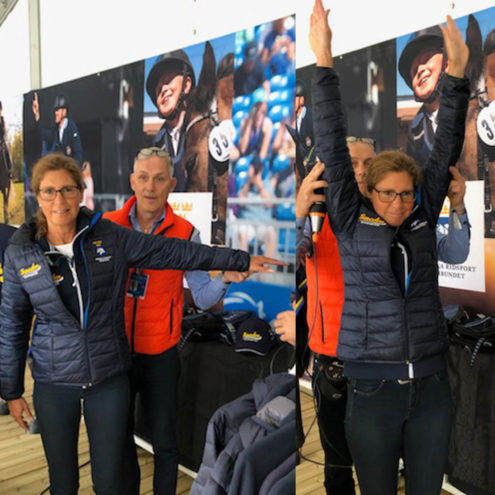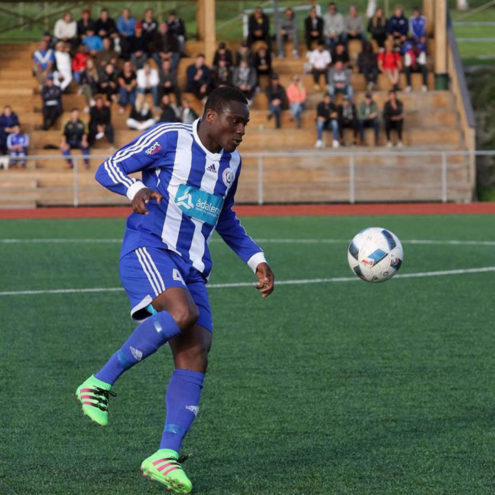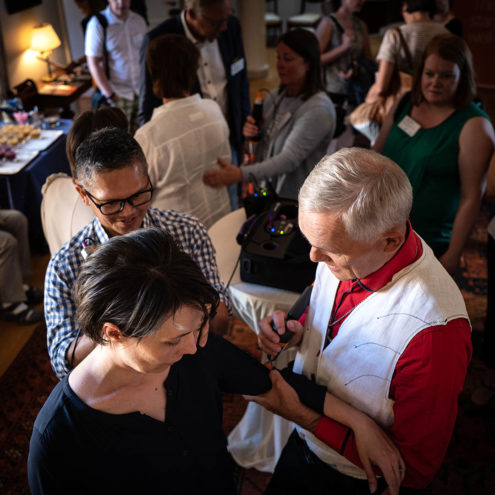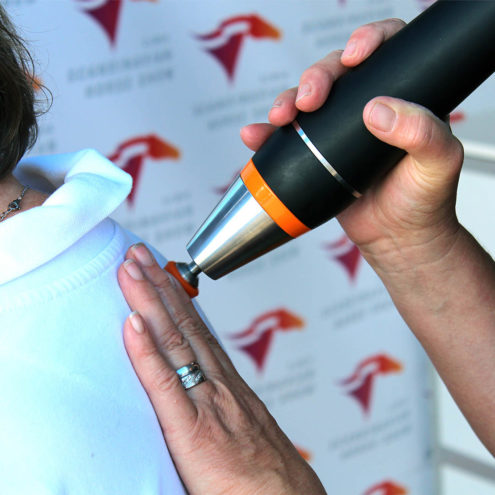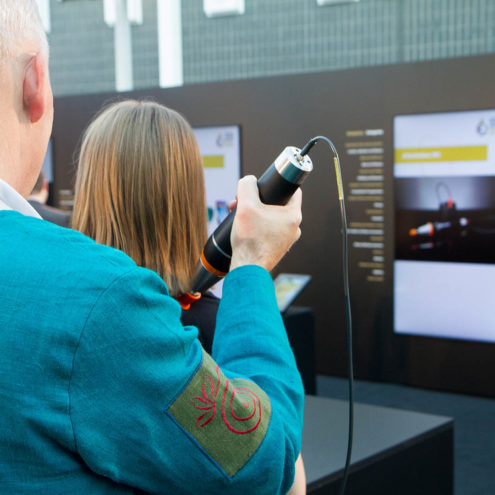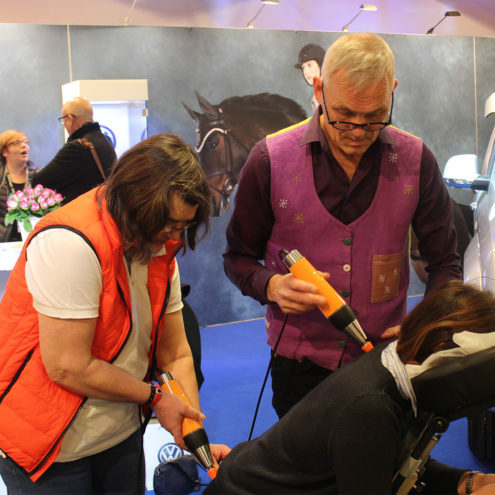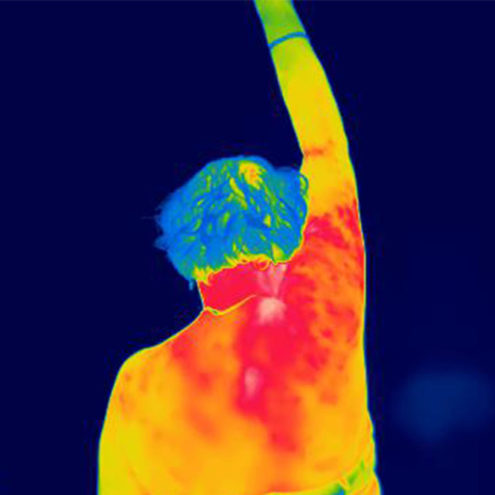Herniated disc in the thoracic spine
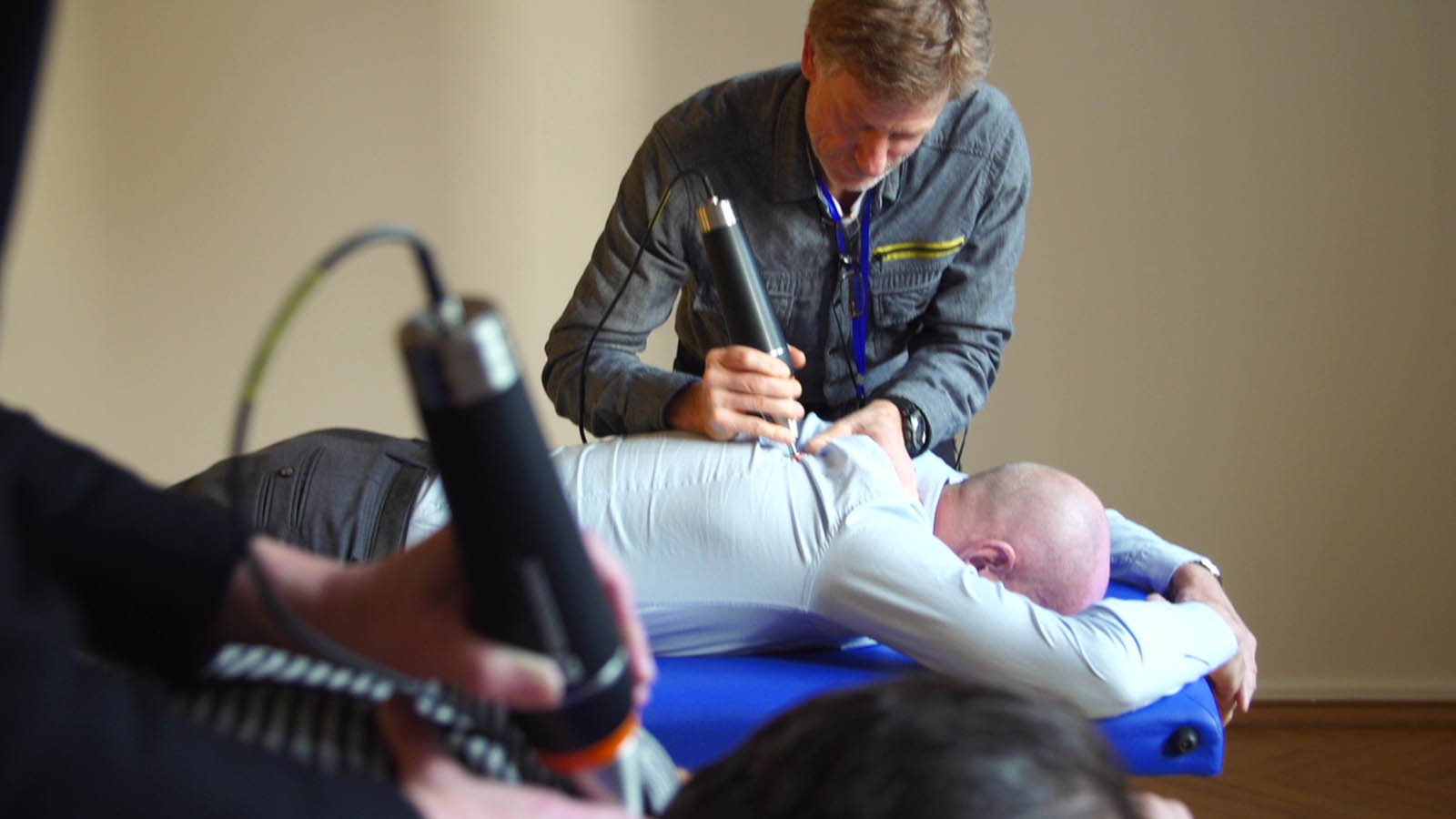
The thoracic spine is made up of 12 thoracic vertebrae with disks, cushions, between the vertebrae that help to increase mobility between the vertebrae and also have a shock-absorbing capacity and should withstand compression. It is the part of the back that extends between the cervical and lumbar spine. The thoracic vertebrae also have a pair of ribs attached to them, so they are part of the rib cage.
Herniated discs can affect the entire spine, but herniated discs in the thoracic spine are rare and not nearly as common as those in the lumbar and cervical spine. A herniated disc in the thoracic spine means that there is damage to a disc somewhere along the 12 vertebrae of the thoracic spine.
A disk is made up of a fibrous collagen sheath surrounding a soft, jelly-like core. Discs are thus made up of a fascia structure and contain a large amount of water. The water content of disks decreases with age and they become drier and more brittle, making them more prone to cracking in the outer layer. When the outer shell cracks, the inner, soft core can bulge to varying degrees, causing a hernia. The bulging part of the nucleus may then press on the nerve root that runs between the vertebral bodies. The spinal cord, which carries information to and from the brain and various parts of the body, runs in a channel through the vertebrae. In a cavity between the vertebrae, a nerve root extends to each side (right and left). A nerve root is therefore a collection of nerve fibres that carry signals to and from the spinal cord and a body part.
As well as being caused by weakening and age degeneration, a hernia can be caused by repeated overloading or misloading or by an acute trauma.
Symptoms of a herniated disc in the thoracic spine
Herniated discs in the thoracic spine cause pain, often stabbing between the shoulder blades. Pain in the back, which can feel like a backache, can make it difficult to take deep breaths as the ribs move, causing movement in the chest with fascia structures. The pain may also radiate to the sides and front of the chest.
The symptoms can also be confused with more serious conditions of the lungs and heart. If you also have fever, breathing problems, fatigue, nausea, etc. you should seek urgent medical attention.
What can I do if I have a herniated disc in my thoracic spine?
Keep your body moving and work on balance and core strength.
Contact a FasciaClinic to get a treatment plan and help balance the body so that joints and tissues are evenly loaded. Get the flow going so the body can heal.
To help your body heal, you can take supplements of hydrolyzed collagen, in larger doses, preferably 15 grams per day divided three times. Combine with some vitamin C.
Preventing herniated discs in the thoracic spine
Practicing good mobility and core strength helps to strengthen the vertebral column. Balance exercises also provide good core strength without putting too much strain on the back.
Contact a FasciaClinic to receive regular preventive treatment to keep your body in proper balance.
To maintain your body, you can take supplements of hydrolyzed collagen, in larger doses, preferably 5-10 grams per day divided three times. Combine with some vitamin C. It supports the body’s production of collagen.
When and where should I seek treatment for herniated discs in the thoracic spine?
The symptoms can be confused with more serious conditions of the lungs and heart. If you have fever, breathing problems, fatigue, nausea, etc. at the same time, you should see a doctor urgently. Even otherwise, it may be helpful to get a diagnosis from a doctor so that you are sure that the symptoms are from a herniated disc.
If you are sure of the diagnosis of a herniated disc in the thoracic spine, you can contact a Fascia Clinic for help with treatment and balancing the body so that the joints and tissues are loaded correctly. It is also best to do this immediately so that your body does not compensate for the pain and you do not incur new secondary problems.
Exercises for herniated discs in the thoracic spine
It is always good to practice mobility and balance, along with relaxation exercises.
Aids for herniated discs in the thoracic spine
Use some type of posture vest that provides support for the thoracic spine and helps you to support a correct posture.
 Search
Search




